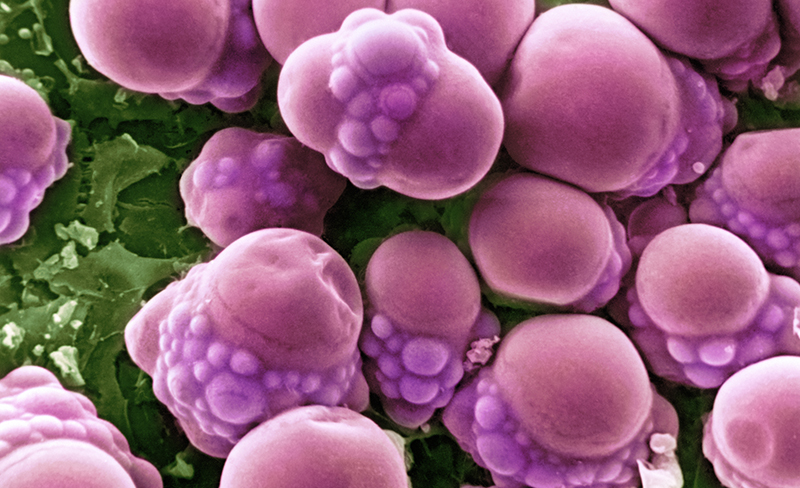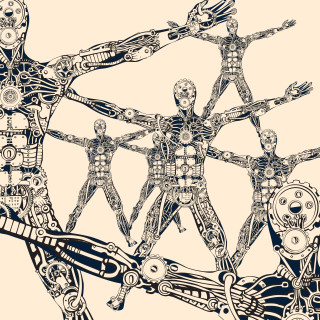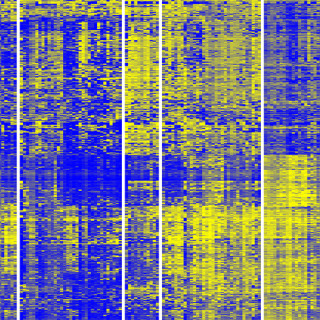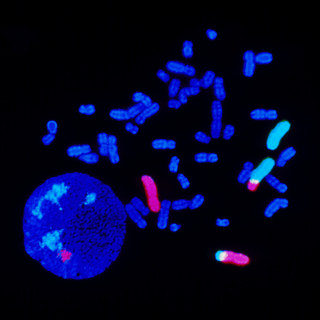Exercise your genes
Physical activity, even if only in small doses, changes the expression of our DNA. Research from Lund University Diabetes Centre has described what epigenetic changes occur in fat cells in connection with physical activity.
The cells of the body contain our genetic make-up (DNA), which contains genes. Our genes are inherited and cannot be altered. On the genes are ‘methyl groups’, which affect the expression of the gene, i.e. whether it is ‘on’ or ‘off’. The methyl groups can be influenced in different ways through exercise, diet and lifestyle, in a process known as DNA methylation. This is epigenetics, a relatively new research field that has received an increasing amount of interest in recent years.
“Our study shows that exercise has a positive effect, because the epigenetic pattern of genes that affect fat storage in the body is altered”, says Charlotte Ling, research group leader for Epigenetics and Diabetes.
Exercised for six months
In the study, the researchers investigated what happened to the methyl groups in the fat cells of 23 slightly overweight, healthy men in their mid-30s who had not previously done any physical activity, when they regularly attended spinning and fitness classes for six months.
“They were supposed to attend three classes a week, but they went on average 1.8 times a week”, says Tina Rönn, postdoctoral fellow at the Diabetes Centre.
Using a technique that analyses 480 000 positions throughout the DNA, they could see that epigenetic changes had occurred in 7 000 genes (a human has 20 000–25 000 genes).
They then went on to look specifically at methylation in genes linked to type 2 diabetes and obesity.
Changes in the genes
“We found changes in those genes, which suggests that changes to DNA methylation as a result of physical activity could be one of the mechanisms through which these genes affect the risk of disease”, says Tina Rönn, adding that this has never been studied in fat cells before and that they have now mapped the DNA methylome in fat.
The researchers were able to confirm the findings in vitro in the laboratory by turning off certain genes and thereby reducing their expression. The result was a change in the storage of fat in the fat cells.
Text: Sara Liedholm
Published: 2013






